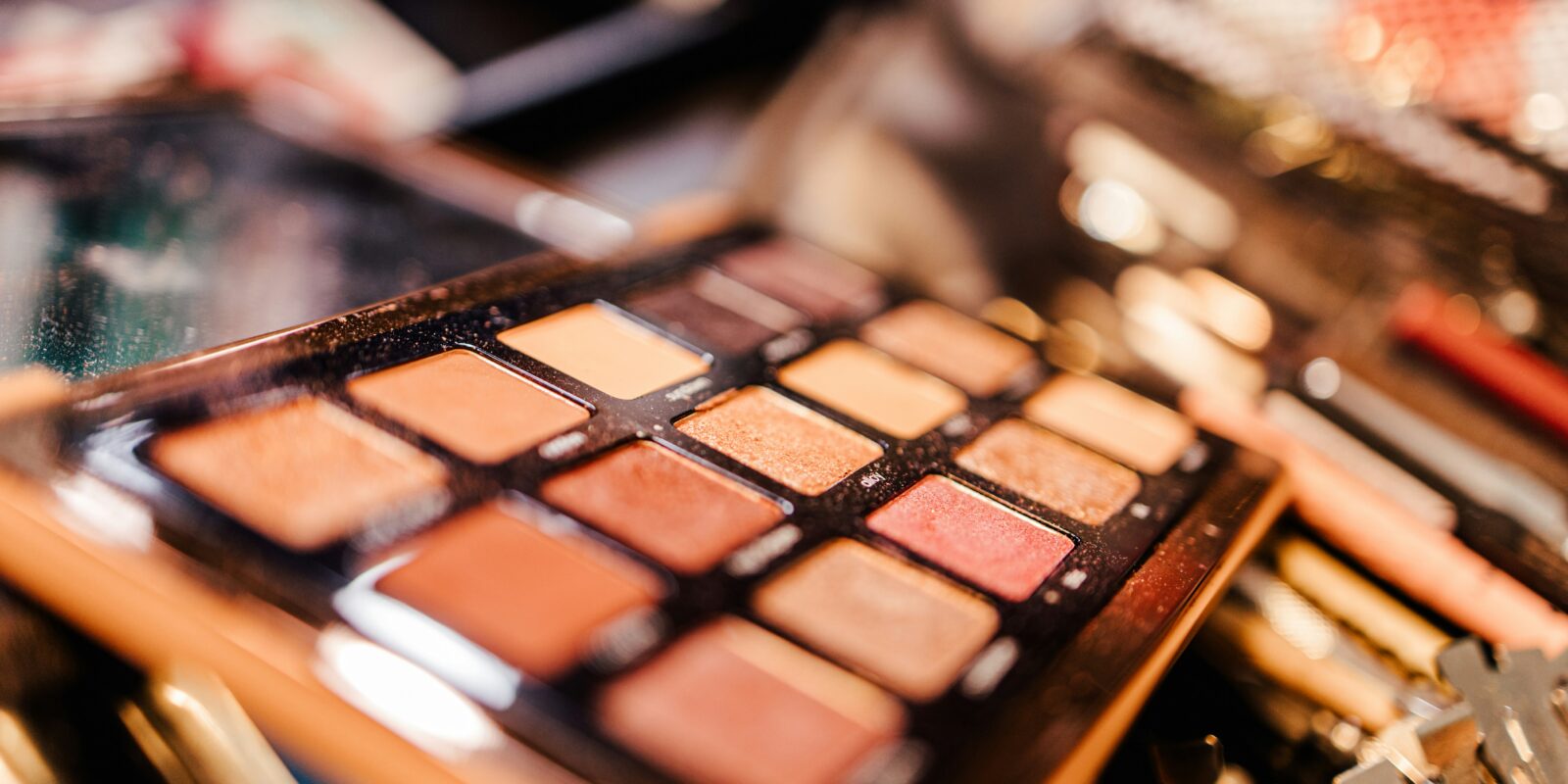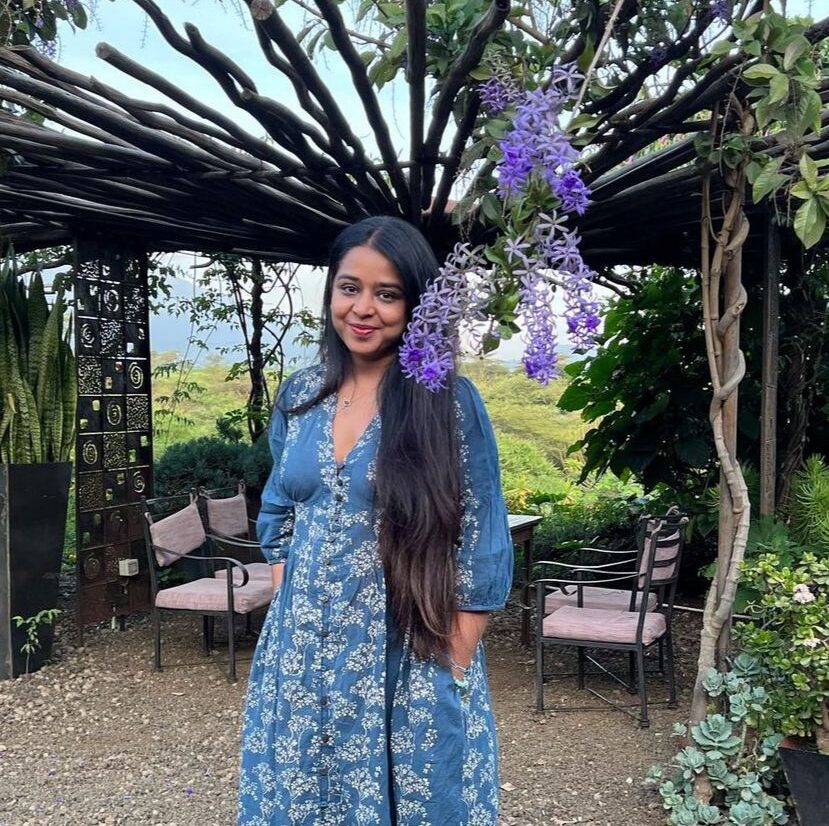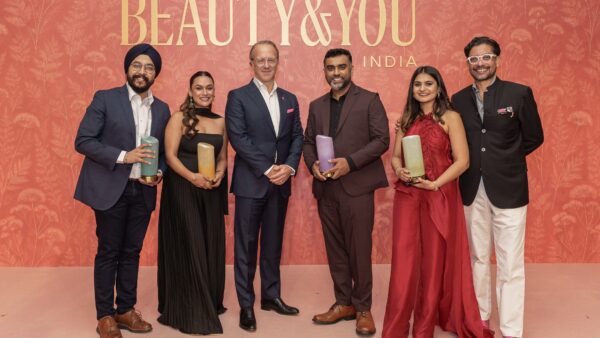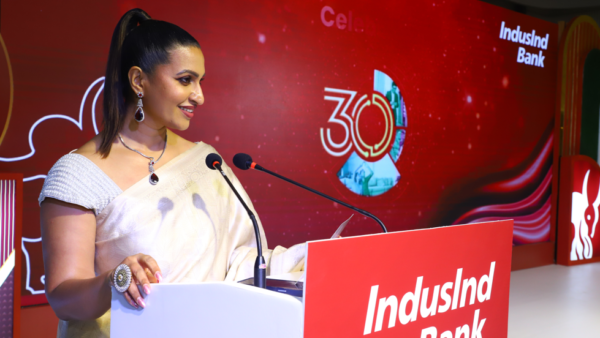Something unexpected happened during a recent Mumbai masterclass with the founder of Moor Cosmetics, Natasha Moor. As she expertly applied makeup, she paused and asked the audience a question that had nothing to do with beauty products,
“Tell me, what is your challenge today and how can I help you?”
The mood shifted from a makeup demonstration to something more personal—more reflective. It was a moment that captured the ethos of a new generation of Indian beauty brands, one rooted in ‘care’. Brands today are not just selling products; they are also offering fresh narratives and redefining beauty beyond its traditional borders. Natasha Moor’s products are designed to empower. For her makeup is more than a tool for beauty. It is a means of connecting with oneself and building confidence. Even the names of her product, like ‘Goal Digger’ and ‘No Bag Vibes,’ playfully reflect her belief in positivity and self-expression.
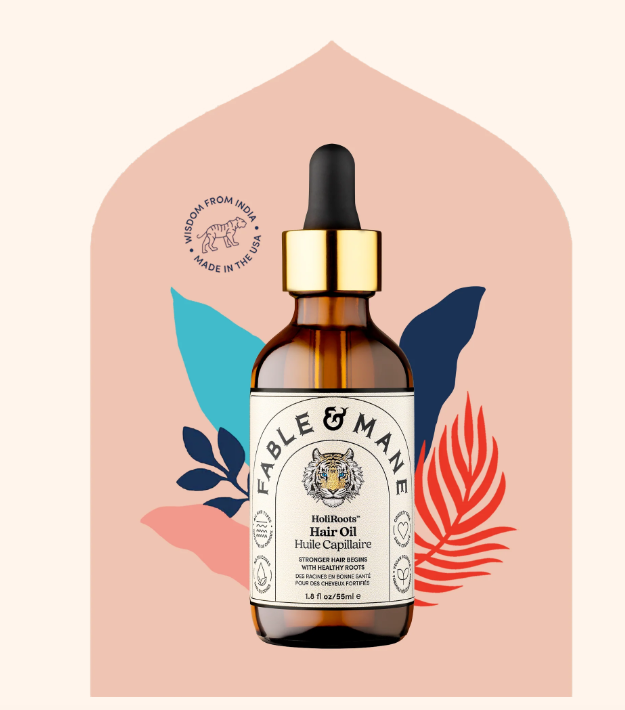
This sentiment is special and recurring in the newly emerging Indian brands. For instance, Fable & Mane has made nostalgia the heart of their brand. The memories carried by siblings Akash and Nikita Mehta, founders, of their grandmother massaging their hair with oil while telling stories from the Panchatantra have seeped into the brand’s larger vision.
The key is not in simply preserving a ritual from the past but in making it relevant for the present. One of their products, Holi Roots Pre-wash Hair Oil, uses Ayurvedic ingredients packed within a lightweight formula. This marriage of locally sourced elements and ease of use fits seamlessly into modern hair care routines. By balancing tradition with innovation, they have created a global brand which remains connected to the homely feeling of nurture and care. The brand has explored immersive pop-up events and interactive content as means to highlight the power of storytelling and shared rituals in fostering a strong community. These experiences have potential to become more common as brands realize the value of emotional connection.
Then there is Kulfi Beauty which taps into cultural memory while reinterpreting it for the contemporary customer. The brand’s OG product, Kajal Eyeliner, does not simply offer to enhance one’s eyes but also to ward off the evil eye, a nod to the South Asian tradition which its founder, Priyanka Ganjoo, remembers from her childhood. She found it was important to keep this cultural symbolism alive while making it feel celebratory and modern. This approach has resonated with a diverse audience, reaching beyond the South Asian community. The universal appeal of certain customs gives an edge to such marketing. Their branding and products challenge narrow beauty standards, celebrating thick brows and textured hair that were once seen as flaws. The Kajal, which Priyanka describes as a product with a “good vibes-only” feel, has become a bestseller because of its vibrant pigments and because it feels personal.
Another brand, Ranavat, leans into the authenticity of ancient practices but also focuses on luxury. The brand’s Saffron Serum is a modern interpretation of the traditional Kumkumadi Oil. It has struck a chord with consumers who seek a blend of efficacy with elegance. The emphasis is not just on the ingredients but also on the experience of using them. Ranavat’s commitment to purity of raw materials and storytelling sets it apart in a world learning to appreciate authenticity.
A significant evolution in the aforementioned trends is the growing commitment to sustainability. Consumers are more conscious of their impact on the planet, and brands in sync with traditional practices are uniquely positioned to align with this shift. Ranavat’s focus on eco-friendly practices, from ethically sourcing Ayurvedic ingredients to innovating with sustainable packaging, reflect a broad industry movement towards environmental responsibility.
The rise of Indian-rooted beauty brands is not just a passing trend within the global community. It signals a more profound shift in how they view the country and what it offers. Their expansion depends upon genuine collaborations and community-building efforts. Inde Wild, co-founded by Diipa Khosla, regularly features her mother in videos, sharing secrets of traditional champi rituals. Partnerships with global retailers like Sephora have been key to understanding local nuances while maintaining a consistent brand identity.
It is a fair presumption that the next phase of this trend will see brands exploring new markets and demographics, broadening their reach beyond diaspora communities. With global audiences becoming more open to diverse beauty standards and narratives, Indian-rooted brands have the opportunity to redefine what inclusivity looks like.
Watching these brands redefine what it means to embrace heritage while connecting with a global audience is fascinating. By focusing on storytelling, authenticity, and inclusivity, they are changing the narrative around Indian beauty and moving it beyond borders. These brands are not just selling products; they share a piece of India’s soul; they have become meaningful to people everywhere.
The article first appeared in svasa life.
ALSO READ:
India’s Beauty Game Changers: Six Founders You Should Know

